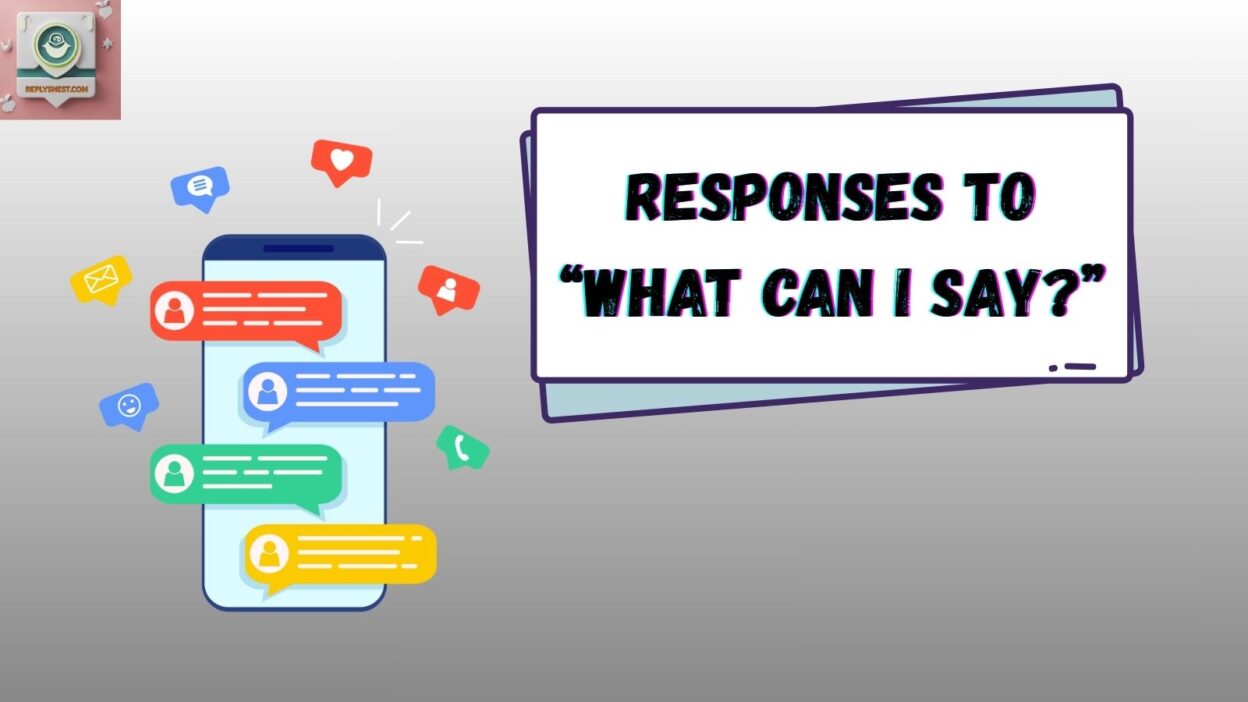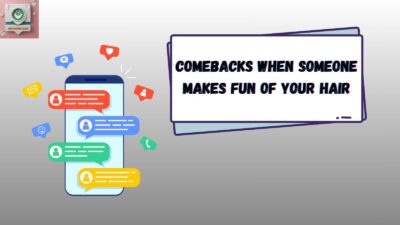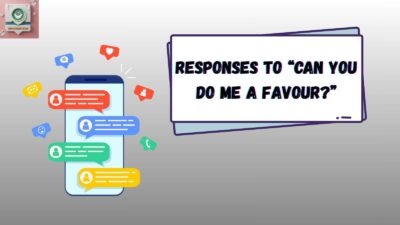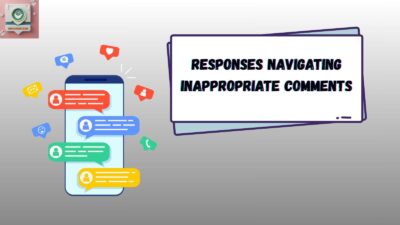Sometimes in conversations, people pause, sigh, or shrug and end up saying “What can I say?”. It’s usually their way of expressing surprise, disbelief, gratitude, or even when words fall short. How you respond in those moments can make the exchange warmer, lighter, or more meaningful. Responses to “What Can I Say?”.
When someone drops the phrase “what can I say”, the right response depends on the situation. In a casual setting, I often keep it light. If a friend asks with a playful inquiry, I might shrug and reply, “not much, what’s new with you?” or even joke about the usual things we all go through. It keeps the conversation flowing, and sometimes a simple “how about you” or “same old” is enough to show I’m interested in talking without overthinking it. If you’re trying to initiate a chat, a general update about your day or what’s on your mind works as well as any clever banter. I’ve learned that small suggestions, like sharing an update, often bring more laughter and momentum than long explanations.
In a professional or more formal setting, the tone shifts. Here, you may need to provide a little more detail or clarification, especially if someone is asking for specific information. I’ve been in meetings where I had to clarify a request, give an example, or even express condolences in a delicate way. The key is to adjust based on the context—determine the most appropriate type of reply by understanding the intent of the person. Sometimes, the best answer is to offer help or directly share guidance. Even a short, polite phrase like “let me know if I can be of help” shows confidence, humility, and honest concern, while still respecting the flow of the communication.
1. “You’ve already said enough.”
Sometimes silence or simplicity carries the deepest meaning.
Best use: When someone is emotional, grateful, or lost for words.
Not to use: In sarcastic situations where it may come across dismissive.
Other ways to say: “No words needed,” “I understand,” “That says it all.”
Example:
Friend: “What can I say? You’ve been a lifesaver today.”
You: “You’ve already said enough.”
2. “Your actions said it all.”
Acknowledging that actions often speak louder than words.
Best use: When someone struggles to express gratitude or appreciation.
Not to use: When the person hasn’t actually shown any actions.
Other ways to say: “I felt it,” “Your effort spoke volumes.”
Example: “What can I say?” → “Your actions said it all.”
3. “You don’t have to say anything.”
Offering comfort and reassurance.
Best use: When words feel unnecessary and empathy is more important.
Not to use: During professional situations where a response is expected.
Other ways to say: “It’s okay,” “I understand without words.”
Example: “What can I say?” → “You don’t have to say anything.”
4. “Say what’s in your heart.”
Encouraging openness.
Best use: When someone is hesitant to express emotions.
Not to use: In light or joking situations—it may sound too deep.
Other ways to say: “Speak freely,” “Share what you feel.”
Example: “What can I say?” → “Say what’s in your heart.”
5. “You’ve said plenty by being here.”
Acknowledges presence as meaningful.
Best use: Comforting a friend during tough times.
Not to use: In casual chats where presence doesn’t matter as much.
Other ways to say: “Just being here matters,” “Your presence means a lot.”
Example: “What can I say?” → “You’ve said plenty by being here.”
6. “You don’t need the perfect words.”
Relieves pressure.
Best use: When someone feels inadequate expressing themselves.
Not to use: In professional writing or speeches.
Other ways to say: “It’s not about perfect words,” “Just be real.”
Example: “What can I say?” → “You don’t need the perfect words.”
7. “Just say what feels right.”
Encourages honesty and ease.
Best use: When someone is overthinking a reply.
Not to use: When a formal or precise answer is required.
Other ways to say: “Go with your gut,” “Say what comes naturally.”
Example: “What can I say?” → “Just say what feels right.”
8. “Even silence can be enough.”
Acknowledging quiet moments.
Best use: Emotional settings like grief, comfort, or gratitude.
Not to use: In workplace or casual banter where silence is awkward.
Other ways to say: “No words needed,” “Quiet speaks volumes.”
Example: “What can I say?” → “Even silence can be enough.”
9. “You’ve already shown how you feel.”
Recognizing unspoken emotions.
Best use: When actions or emotions are clear without words.
Not to use: When clarity is needed in conversation.
Other ways to say: “Your face says it all,” “It’s already clear.”
Example: “What can I say?” → “You’ve already shown how you feel.”
10. “Just be honest.”
Straightforward encouragement.
Best use: When someone hesitates to share their thoughts.
Not to use: When the truth might hurt in sensitive moments.
Other ways to say: “Be real,” “Just speak your truth.”
Example: “What can I say?” → “Just be honest.”
11. “You’ve said enough with your smile.”
Light and heartfelt.
Best use: Sweet moments with friends, partners, or family.
Not to use: In formal or serious contexts.
Other ways to say: “Your smile says it all,” “No words needed.”
Example: “What can I say?” → “You’ve said enough with your smile.”
12. “Sometimes words aren’t enough anyway.”
Empathetic and understanding.
Best use: When emotions are too big for words.
Not to use: During logical discussions.
Other ways to say: “Words can’t cover it,” “Feelings are bigger.”
Example: “What can I say?” → “Sometimes words aren’t enough anyway.”
13. “I know what you mean.”
Shows understanding.
Best use: Casual chats where someone feels at a loss for words.
Not to use: If you genuinely don’t understand.
Other ways to say: “I get it,” “I understand completely.”
Example: “What can I say?” → “I know what you mean.”
14. “You don’t need to explain.”
Removes pressure to elaborate.
Best use: Comforting someone who feels overwhelmed.
Not to use: If clarification is genuinely needed.
Other ways to say: “I understand without explanation.”
Example: “What can I say?” → “You don’t need to explain.”
15. “Sometimes words just fall short.”
Acknowledging language’s limits.
Best use: Deep or emotional conversations.
Not to use: Lighthearted joking moments.
Other ways to say: “No words can capture it,” “Feelings go beyond words.”
Example: “What can I say?” → “Sometimes words just fall short.”
16. “Say nothing and just feel it.”
Encourages being present.
Best use: Emotional or heartfelt exchanges.
Not to use: Business or formal contexts.
Other ways to say: “Just be in the moment,” “Let it be felt.”
Example: “What can I say?” → “Say nothing and just feel it.”
17. “You’ve said it in your own way.”
Acknowledges subtle communication.
Best use: When someone’s tone or expression already conveys meaning.
Not to use: When clarity is needed.
Other ways to say: “Your feelings came through,” “I heard it anyway.”
Example: “What can I say?” → “You’ve said it in your own way.”
18. “Say what you really feel.”
Encouraging openness.
Best use: When someone is hiding behind hesitation.
Not to use: If the truth may harm the moment.
Other ways to say: “Be open,” “Share your true feelings.”
Example: “What can I say?” → “Say what you really feel.”
19. “No words are needed between friends.”
Strengthening bonds.
Best use: With close friends who understand each other deeply.
Not to use: Acquaintances or professional settings.
Other ways to say: “We get each other,” “Silence is enough.”
Example: “What can I say?” → “No words are needed between friends.”
20. “Sometimes silence says more.”
Classic reassurance.
Best use: Moments of reflection or support.
Not to use: In meetings where input is required.
Other ways to say: “Silence speaks louder,” “Quiet can be meaningful.”
Example: “What can I say?” → “Sometimes silence says more.”
21. “I already know what you’re trying to say.”
Acknowledges understanding.
Best use: When you truly sense their feelings without words.
Not to use: When unsure of their meaning.
Other ways to say: “I get it already,” “I know what you mean.”
Example: “What can I say?” → “I already know what you’re trying to say.”
22. “Say whatever comes to mind.”
Encouraging free flow.
Best use: When someone is hesitant but needs encouragement.
Not to use: In sensitive or serious contexts.
Other ways to say: “Speak freely,” “Don’t hold back.”
Example: “What can I say?” → “Say whatever comes to mind.”
23. “Your feelings are clear without words.”
Recognizing unspoken emotions.
Best use: Comforting or reassuring moments.
Not to use: When words are actually necessary.
Other ways to say: “I can see how you feel,” “It’s already clear.”
Example: “What can I say?” → “Your feelings are clear without words.”
24. “You’ve already said it all.”
Finality in a kind way.
Best use: When words aren’t needed beyond what’s been shared.
Not to use: If the conversation still needs elaboration.
Other ways to say: “That covers everything,” “It’s complete.”
Example: “What can I say?” → “You’ve already said it all.”
25. “Sometimes the simplest words are the best.”
Encourages honesty and minimalism.
Best use: When someone feels pressured to be profound.
Not to use: In formal or technical discussions.
Other ways to say: “Keep it simple,” “Speak plainly.”
Example: “What can I say?” → “Sometimes the simplest words are the best.”
Conclusion
When someone says “What can I say?”, it’s usually a tender pause in the conversation—a mix of emotions that words can’t always capture. Your responses can either lighten the moment, deepen the connection, or simply offer comfort. The key is to listen, sense the mood, and reply with care.
From my own experience, the most memorable conversations aren’t always filled with perfect words. They’re the ones where silence, presence, or even a smile carried the weight of what needed to be said.
Editor’s Picks: 10 Most Loved Responses
- “You’ve already said enough.” – People love it for its gentle reassurance.
- “Your actions said it all.” – Because actions really do speak louder.
- “You don’t have to say anything.” – Offers comfort and eases pressure.
- “Even silence can be enough.” – Simple yet powerful in emotional settings.
- “Sometimes words aren’t enough anyway.” – Perfect for moments beyond language.
- “I know what you mean.” – Quick, warm, and relatable.
- “You’ve said enough with your smile.” – Adds sweetness to the moment.
- “No words are needed between friends.” – Highlights deep connections.
- “Sometimes silence says more.” – Timeless and universally true.
- “Sometimes the simplest words are the best.” – Encourages authenticity.



